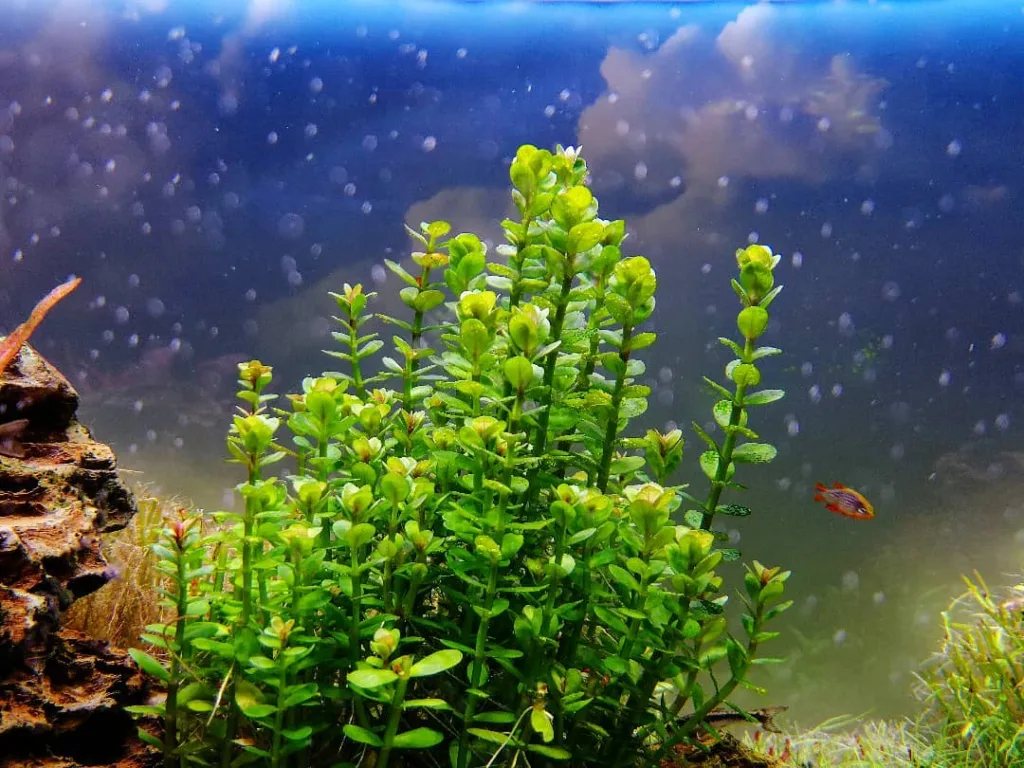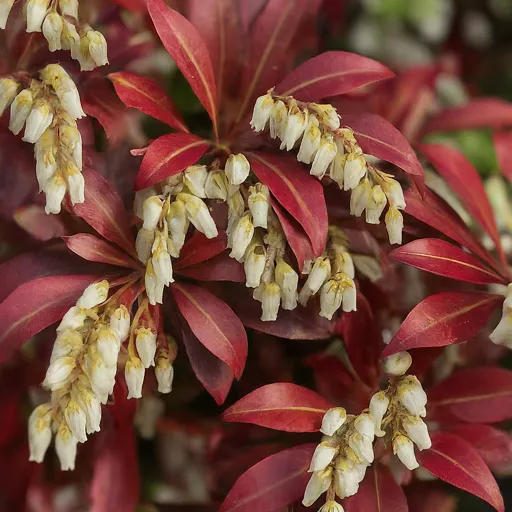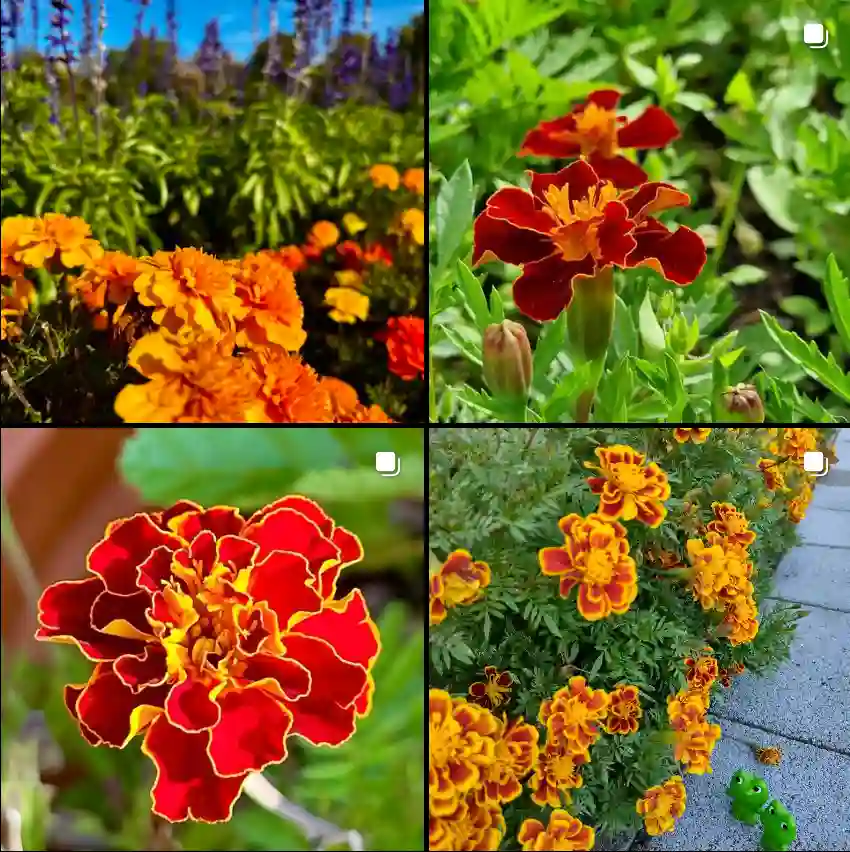Anthurium Balaoanum: A Climber with Delicate Beauty
I’m Ferb Vu, and I’m here to answer your burning questions about the captivating Anthurium Balaoanum. This stunning aroid boasts large, velvety leaves that unfurl with an elegance that few houseplants can match. But beyond its beauty, the Balaoanum is a climber with unique needs. Let’s delve into this captivating plant and explore everything you need to know to make it thrive in your home.
1327 Species in Genus Anthurium
What is Anthurium Balaoanum?
The Anthurium Balaoanum is a captivating member of the Araceae family, known for its genus signature heart-shaped or arrowhead-shaped leaves. This particular species stands out for its impressive size. Its velvety, deep green leaves can easily reach over 20 centimeters in length, creating a dramatic focal point.
Unlike its flowering Anthurium cousins, the Balaoanum isn’t known for producing showy blooms. However, its captivating foliage more than makes up for the lack of flowers. The mature plant develops a climbing habit, sending out aerial roots that readily attach to moss poles or other support structures. This creates a stunning cascading effect, perfect for adding a touch of the tropics to your indoor space.
Anthurium Balaoanum vs. Other Anthuriums
While the Balaoanum shares the characteristic heart-shaped foliage with many Anthuriums, it differs in several key aspects. Here’s a quick comparison:
- Flowering: Most Anthuriums, like the popular Anthurium Andraeanum, are known for their vibrant flowers. The Balaoanum, however, focuses its energy on producing spectacular foliage.
- Growth Habit: The Balaoanum is a climber, while many Anthuriums are more compact, upright growers. This climbing nature necessitates providing a support structure for the plant to thrive.
- Light Needs: While most Anthuriums appreciate bright, indirect light, the Balaoanum can tolerate lower light conditions. However, insufficient light will affect its growth rate.
How to care for Anthurium Balaoanum?
Bringing the captivating Balaoanum into your home requires providing the right environment to meet its specific needs. Here’s a breakdown of its care requirements:
- Light: Bright, indirect light is ideal. South-facing windows can be too harsh, so consider sheer curtains for extra protection. East or west-facing windows with some direct morning or afternoon sun can work well.
- Watering: Water deeply when the top inch of soil feels dry to the touch. Avoid overwatering, which can lead to root rot.
- Humidity: This is where the Balaoanum shines. It thrives in high humidity levels (around 70% or higher). Grouping it with other humidity-loving plants, using a pebble tray, or investing in a humidifier can create the ideal environment.
- Temperature: Maintain consistent warmth between 65°F and 80°F (18°C and 27°C). Avoid exposing the plant to sudden temperature fluctuations or drafts.
- Soil: A well-draining, airy potting mix is crucial. Aroid mixes or orchid mixes often work well for the Balaoanum.
- Fertilization: Use a balanced fertilizer diluted to half strength during the growing season (spring and summer). Avoid fertilizing during dormancy (fall and winter).
Propagation Tips
The Balaoanum can be propagated through stem cuttings. Here’s a simplified approach:
- Identify a healthy stem with at least one node (the bump where a leaf meets the stem).
- Using sterilized shears, make a clean cut just below the node.
- Plant the cutting in a well-draining potting mix, ensuring the node is buried.
- Maintain high humidity around the cutting using a plastic bag or humidity dome.
- Provide warmth and bright, indirect light.
- Be patient – rooting can take several weeks.
Common Anthurium Balaoanum Problems
While a relatively easygoing plant, the Balaoanum can encounter a few challenges:
- Brown Leaves: This can be caused by underwatering, overwatering, or low humidity. Check your watering habits and adjust accordingly.
- Yellow Leaves: This could be a sign of aging leaves or excessive light. Consider moving the plant to a location with less direct light.
- Pests: Mealybugs and spider mites can occasionally target the Balaoanum. Neem oil spray or insecticidal soap can be effective solutions.
Conclusion
The Anthurium Balaoanum is a captivating climber that brings a touch of the tropics indoors. With its dramatic foliage and unique needs, it’s a plant that rewards attentive care. By following these tips, you can create the perfect environment for your Balaoanum to thrive and add a touch of lush elegance to your home.
If i die, water my plants!



